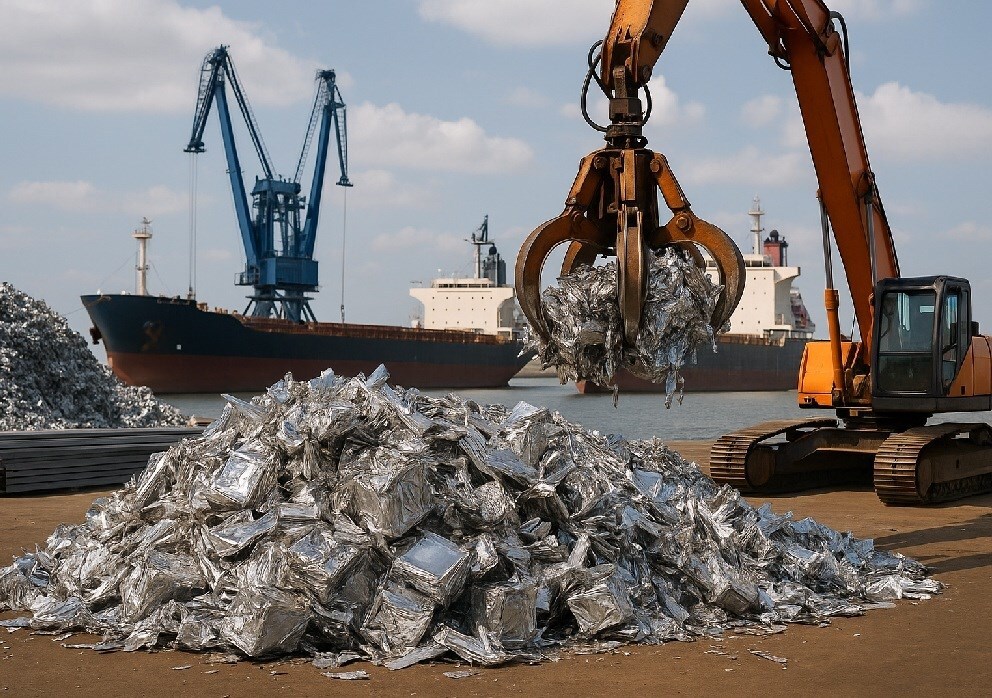

What began as a quiet movement of scrap out of Europe has gradually turned into a significant concern for the region’s aluminium recyclers. The volumes leaving the bloc have increased year after year, and the trend is now firmly visible in the export numbers. In 2020, the EU exported USD 1 billion worth of aluminium scrap — about 937.8 thousand tonnes, but year later, that figure nearly doubled to USD 1.9 billion, which accounts for 1.115 million tonnes. Things eased slightly in 2022 to USD 1.88 billion and 992.5 thousand tonnes, but this downturn barely lasted a season. By 2023, exports were back up — 1.16 million tonnes scrap worth USD 2 billion were again exported and in 2024 it pushed even higher to USD 2.34 billion which accounts for 1.25 million tonnes. And before Brussels could finalise any new rules, eight months into 2025 the tally had already reached USD 1.66 billion, equal to 826.14 thousand tonnes of scrap.
 Image for representational purpose
Image for representational purpose
The reason for surge didn’t originate in Europe. It can be traced to the US Section 232 tariffs, which scrambled global aluminium trade flows and opened up arbitrage windows. Scrap came into demand because the tariff was not put to aluminium scrap and these made its demand high. These nudged European scrap eastward or across the Atlantic instead of into local furnaces.
When Donald Trump ramped up aluminium duties from 25 per cent to 50 per cent, the incentive sharpened even more. Scrap became a convenient fallback for US manufacturers trying to dodge costlier primary aluminium. Meanwhile, Europe’s own recyclers were left running plants below potential. Industry bodies has also warned that the erosion in supply threatens nearly EUR 40 billion in annual turnover and puts 25,000 direct jobs — and close to a million more supported across manufacturing — at risk.
Get detailed insights from our exclusive report: World Recycled ALuminium Market Analysis Industry forecast to 2032
Responses








